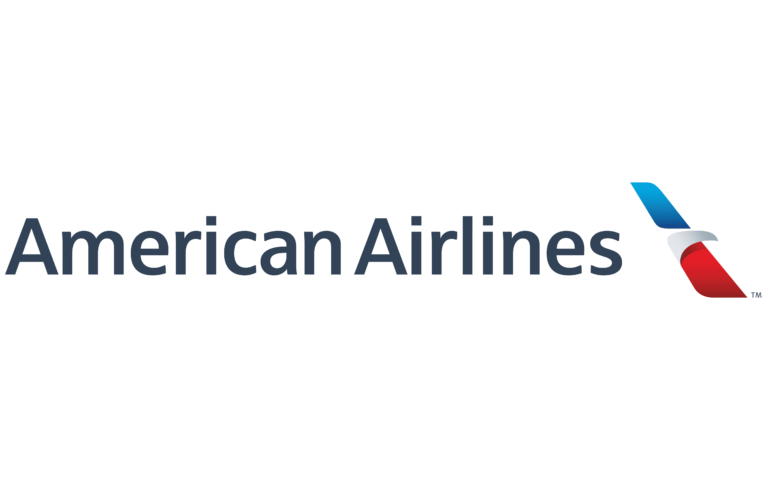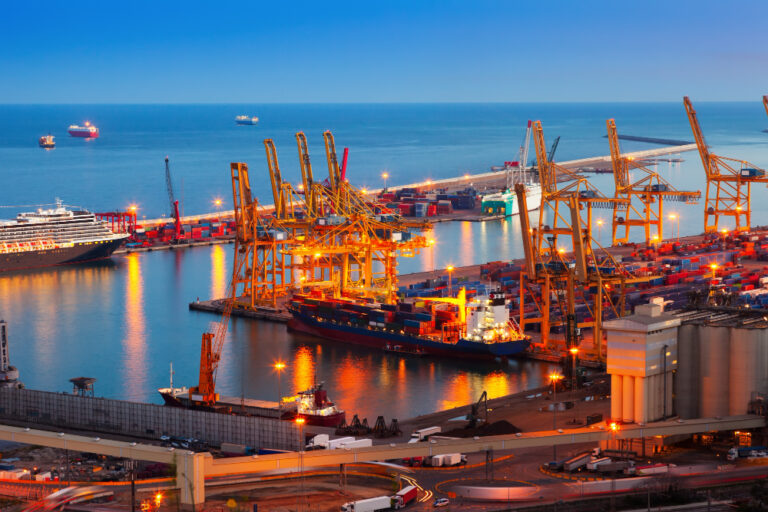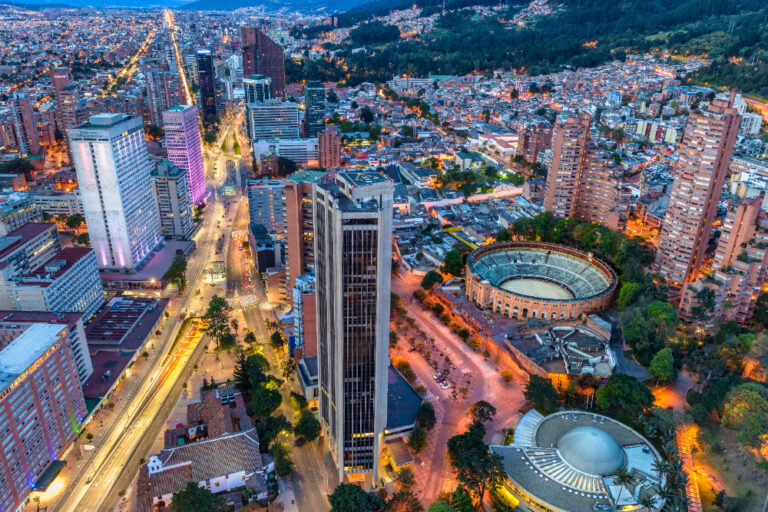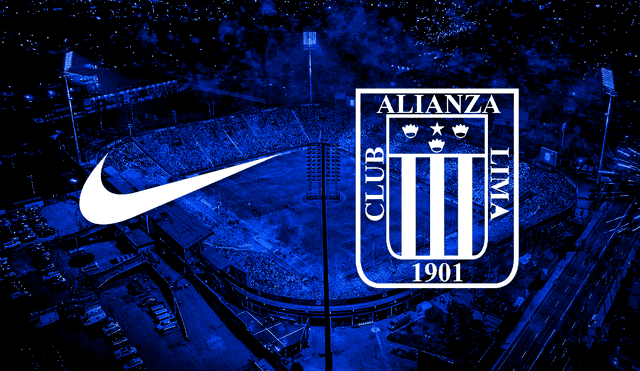
sdr
South America is witnessing a surge in rail infrastructure development as countries seek to modernize transportation, boost economic connectivity, and reduce reliance on road-based logistics. From metro systems in bustling capitals to ambitious interoceanic rail lines, these projects promise to reshape the region’s transportation landscape. However, many face challenges such as funding disputes, environmental concerns, and logistical hurdles, leading to delays. In this blog post, we’ll explore the major rail projects currently under construction in South America, their expected launch dates, and the delays impacting their progress as of March 20, 2025.
1. Lima Metro Line 2 (Peru)
Overview: Lima Metro Line 2 is one of the most ambitious urban rail projects in South America. Spanning over 35 kilometers, this metro line will connect densely populated areas of Peru’s capital, featuring 27 underground stations equipped with driverless trains operating at Grade of Automation 4 (GoA4). The project aims to reduce congestion and improve accessibility for millions of Lima residents.
Construction Status: Work began in 2014 under a 35-year public-private partnership (PPP) concession led by a consortium including Hitachi Rail Italy, ACS Dragados, and others.
Expected Launch: Originally slated for completion in 2021, delays have pushed the timeline forward. As of early 2025, the project is progressing, with civil works and station construction well underway. Current estimates suggest a phased opening starting in 2028, with full operations by 2030.
Delays: The four-year delay stems from funding issues, land acquisition challenges, and the complexity of building an underground system in a seismically active region. These setbacks have increased costs and extended the timeline, but the project remains a priority for Peru’s government.
2. Transnordestina Railway (Brazil)
Overview: The Transnordestina Railway is one of Brazil’s largest infrastructure endeavors, aiming to connect the interior of Piauí state to the ports of Pecém and Suape over a 1,757-kilometer network. This freight-focused railway is designed to boost agricultural exports and regional development.
Construction Status: Construction started in 2006, with significant progress halted intermittently due to funding disputes between the concessionaire, Transnordestina Logística (TLSA), and the federal government. In November 2024, an additional $620 million (Reais 3.6 billion) was allocated to complete the 1,209-kilometer main line from Eliseu Martins to Pecém, revitalizing the project.
Expected Launch: With the new funding, completion is now targeted for 2029, though the 548-kilometer Salgueiro-to-Suape section, funded separately under the Growth Acceleration Plan (PAC), may follow later.
Delays: The project has faced a staggering 23-year delay from its initial timeline, primarily due to financial disagreements and shifts in government priorities. The recent injection of funds offers hope, but past setbacks suggest cautious optimism.
3. Quito Metro (Ecuador)
Overview: The Quito Metro is Ecuador’s first underground metro system, designed with advanced earthquake-resistant technology to ensure safety in a seismically active area. Spanning 22 kilometers, it will connect northern and southern Quito, incorporating sustainable features like regenerative braking and energy-efficient lighting.
Construction Status: Construction began in 2016, and despite challenges, the project has made significant strides, with tunneling and station works nearing completion by March 2025.
Expected Launch: Initially planned for 2020, delays have shifted the opening to late 2025 or early 2026, with testing phases already underway.
Delays: The five-to-six-year delay resulted from funding shortages, technical complexities of earthquake-proof design, and the impacts of the COVID-19 pandemic. Nonetheless, Quito’s metro is poised to become a model for sustainable urban transit in the region.
4. Bogotá Metro (Colombia)
Overview: Bogotá’s long-awaited metro system aims to alleviate chronic traffic congestion in Colombia’s capital. The first line, a 24-kilometer elevated route with 16 stations, will integrate with buses and trams via a multimodal fare system, featuring cutting-edge signaling for safety and efficiency.
Construction Status: Ground broke in 2020 after decades of planning, with civil works and track laying advancing steadily as of March 2025.
Expected Launch: The original target of 2024 has been revised to 2028 due to delays, with partial operations possibly starting in 2027.
Delays: The four-year delay is attributed to funding negotiations, land acquisition disputes, and the need to coordinate with existing transit systems. Despite these hurdles, the project is a cornerstone of Bogotá’s urban development strategy.
5. Santiago Metro Line 7 (Chile)
Overview: Santiago Metro Line 7 will span 26 kilometers, connecting the eastern and western parts of Chile’s capital with 19 stations. This line aims to enhance connectivity and reduce travel times in one of South America’s most advanced metro networks.
Construction Status: Construction began in 2021, with tunneling and station development progressing as of early 2025.
Expected Launch: Initially expected in 2027, the launch is now projected for 2030 due to construction complexities and funding adjustments.
Delays: The three-year delay reflects challenges in urban tunneling, rising costs, and the need to integrate with existing lines. Chilean State Railways (EFE) remains committed to delivering this transformative project.
6. Interoceanic Railway (Brazil, Bolivia, Peru, with China)
Overview: This ambitious project, backed by China and involving Brazil, Bolivia, and Peru, aims to create a transcontinental rail link spanning South America. Estimated at $10-15 billion, it’s pitched as an alternative to the Panama Canal, which faces capacity issues due to low water levels.
Construction Status: As of March 2025, the project remains in the planning phase, with feasibility studies and negotiations ongoing. Construction has not yet started, but momentum is building following renewed interest in late 2024.
Expected Launch: No firm timeline exists, but optimistic projections suggest a launch in the mid-2030s if construction begins by 2027.
Delays: Delays are inherent at this stage due to geopolitical complexities, environmental concerns (e.g., traversing the Amazon), and funding uncertainties. While cost estimates compare favorably to projects like London’s Elizabeth Line, the scale and coordination required pose significant risks.
Challenges and Outlook
Across these projects, common themes emerge: funding shortages, land acquisition difficulties, and environmental or geological challenges frequently derail timelines. The Transnordestina’s decades-long saga exemplifies how political and financial instability can stall progress, while urban projects like Lima Metro Line 2 and Bogotá Metro grapple with the intricacies of dense cityscapes. Yet, the commitment to sustainable, efficient transport solutions remains strong, with governments and private partners pushing forward despite setbacks.
As of March 20, 2025, South America’s rail renaissance is well underway, albeit slower than hoped. The coming years will be critical as these projects near completion, promising to connect cities, boost economies, and redefine mobility in the region. Stay tuned for updates as these transformative initiatives roll toward their finish lines!





